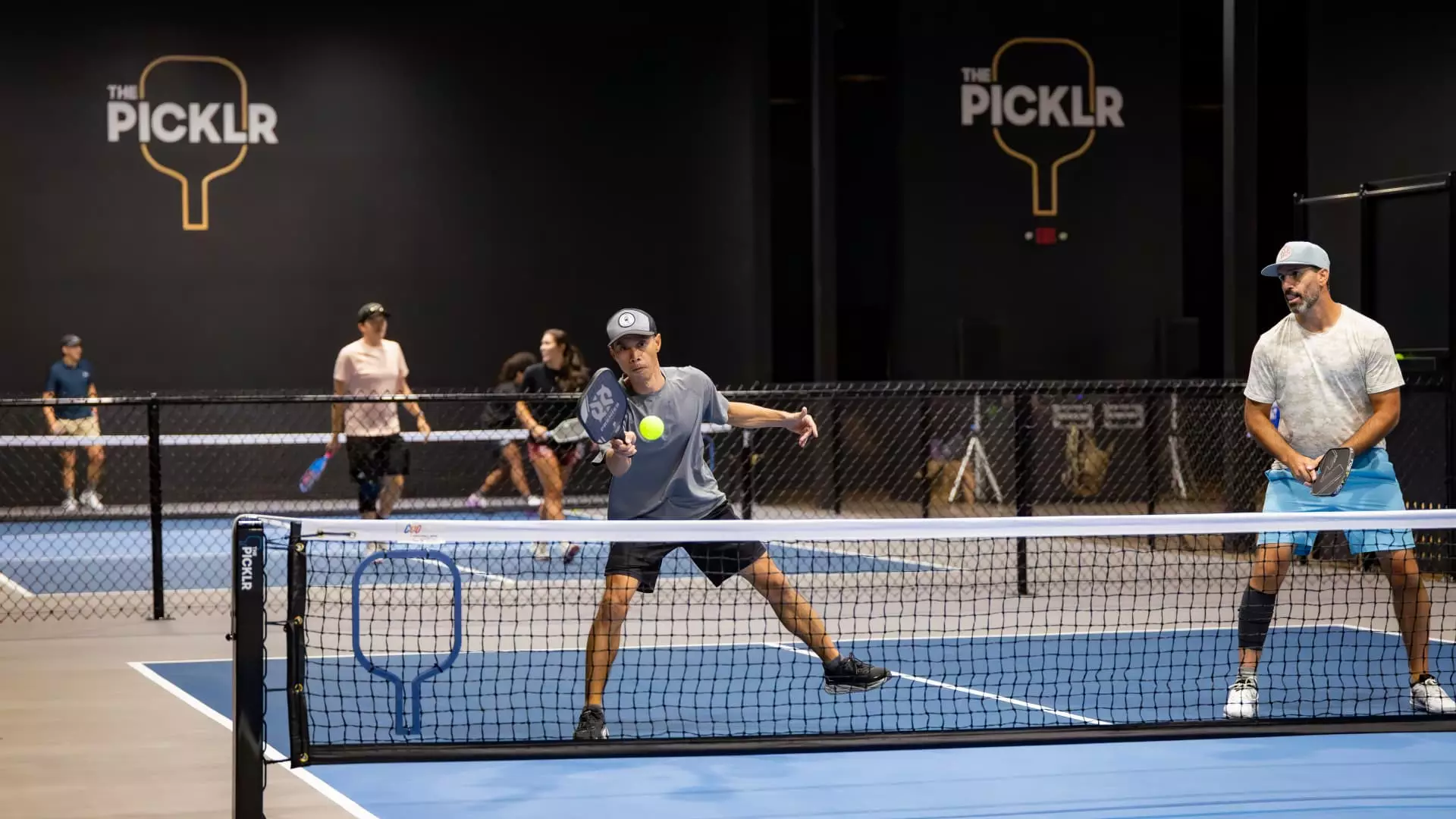The Picklr, a frontrunner in the pickleball franchise world, is set to make waves in Japan with its ambitious plan to open 20 new facilities over the next five years. This move is not merely about expanding a business; it symbolizes a transformative cultural shift, embedding sport into the very fabric of community life in a country that already cherishes health and racket sports. As we witness the rapid rise of pickleball, declared the “fastest-growing sport” for several consecutive years, it is clear that this is not just another trending pastime. With participation rates skyrocketing by a staggering 223% over just three years in the U.S., the question looms: is Japan ready for this energetic invasion?
A Strategic Partnership for Success
The collaboration between The Picklr and Nippon Pickleball Holdings appears meticulously crafted to harness the burgeoning interest around the sport. CEO Jorge Barragan’s plan doesn’t simply rely on luck—it’s a calculated response to the increasing engagement in sports that promote fitness and social interaction. By positioning the Japanese market as a launchpad for broader Asian expansion, the company aims to tap into a demographic that embraces communal health and competition. However, one must ponder if this ambitious plan overlooks the unique cultural nuances of Japan’s sports landscape. Will the Japanese population gravitate towards a sport that differs so markedly from their traditional favorites?
Membership Model: A Double-Edged Sword
The business model of The Picklr centers around memberships, with facilities boasting an average of 500 to 700 members. This approach carries both promise and potential pitfalls. On one hand, it ensures a steady revenue stream and fosters a community atmosphere, which is essential in a sport that thrives on interaction. On the other, relying heavily on a membership model may alienate potential players who might be intimidated by commitment or the financial obligation. In a society where conformity can overshadow individuality, will a structured model appeal to the Japanese ethos, or will it push casual players away?
The Future of Pickleball And Its Global Aspirations
As Barragan himself admits, the pickleball boom doesn’t show signs of slowing down. With over 20 million players in the U.S. alone, the sport is an undeniable phenomenon. However, this relentless pursuit of growth raises concerns, particularly in an increasingly cynical world where mindless expansions can lead to oversaturation. While the excitement around pickleball could spark a revolution in fitness and community participation in Japan, it is fundamental to distinguish between genuine enthusiasm and a fleeting trend. Furthermore, as professional leagues look to expand globally, the challenge becomes how to maintain quality and player experience amid the frenzy of new players and venues.
Health, Community, and Cultural Fusion
One of the compelling facets of The Picklr’s expansion into Japan lies in its alignment with the country’s existing values of health and community. As Barragan noted, Japan is a nation readied to embrace the sport, given its prior affinity for other racket sports and communal activities. Pickleball’s emphasis on social interaction could enrich local communities, fostering connections through competition and shared experiences. Yet, the critical aspect here is how well the franchise can integrate into Japanese society without clashing with cultural customs. Will the sport adapt to fit the spirit of Japanese communal life, or will it struggle to find its footing amid entrenched traditions?
Is This The Future of Sports? A Cautious Optimism
Despite the exuberance that often accompanies the coverage of The Picklr’s expansion, a shadow lurks behind the excitement—a skepticism about whether such rapid growth can be sustained without diluting the sport’s essence. The pickleball allure is captivating, yet it prompts reflection: are we championing authentic community building, or merely feeding a commercial thirst? As Japan prepares to welcome this pickleball wave, fans and participants alike must remain vigilant, ensuring that the sport nurtures genuine social connections and joy, rather than turning into just another corporate venture in the landscape of global athletics.

